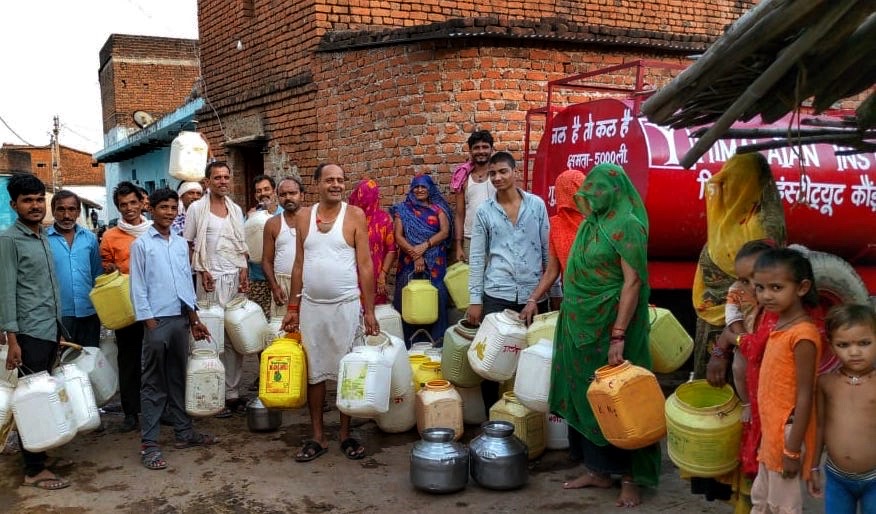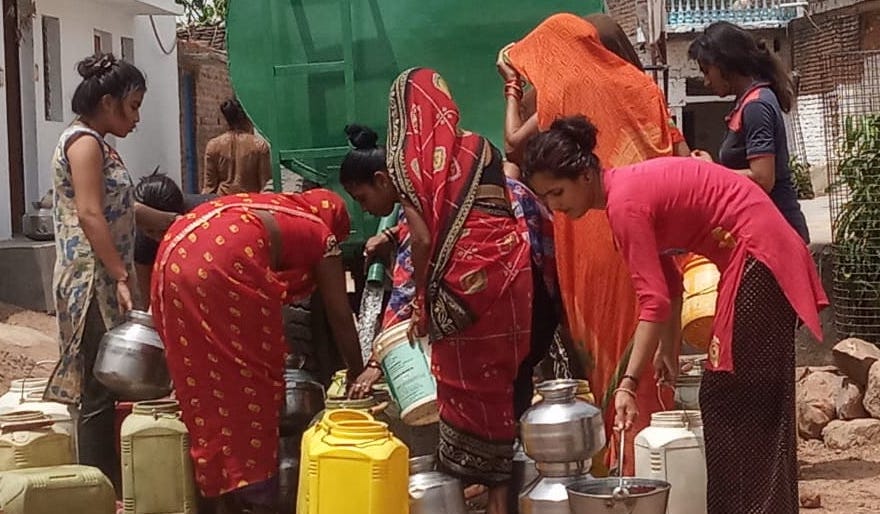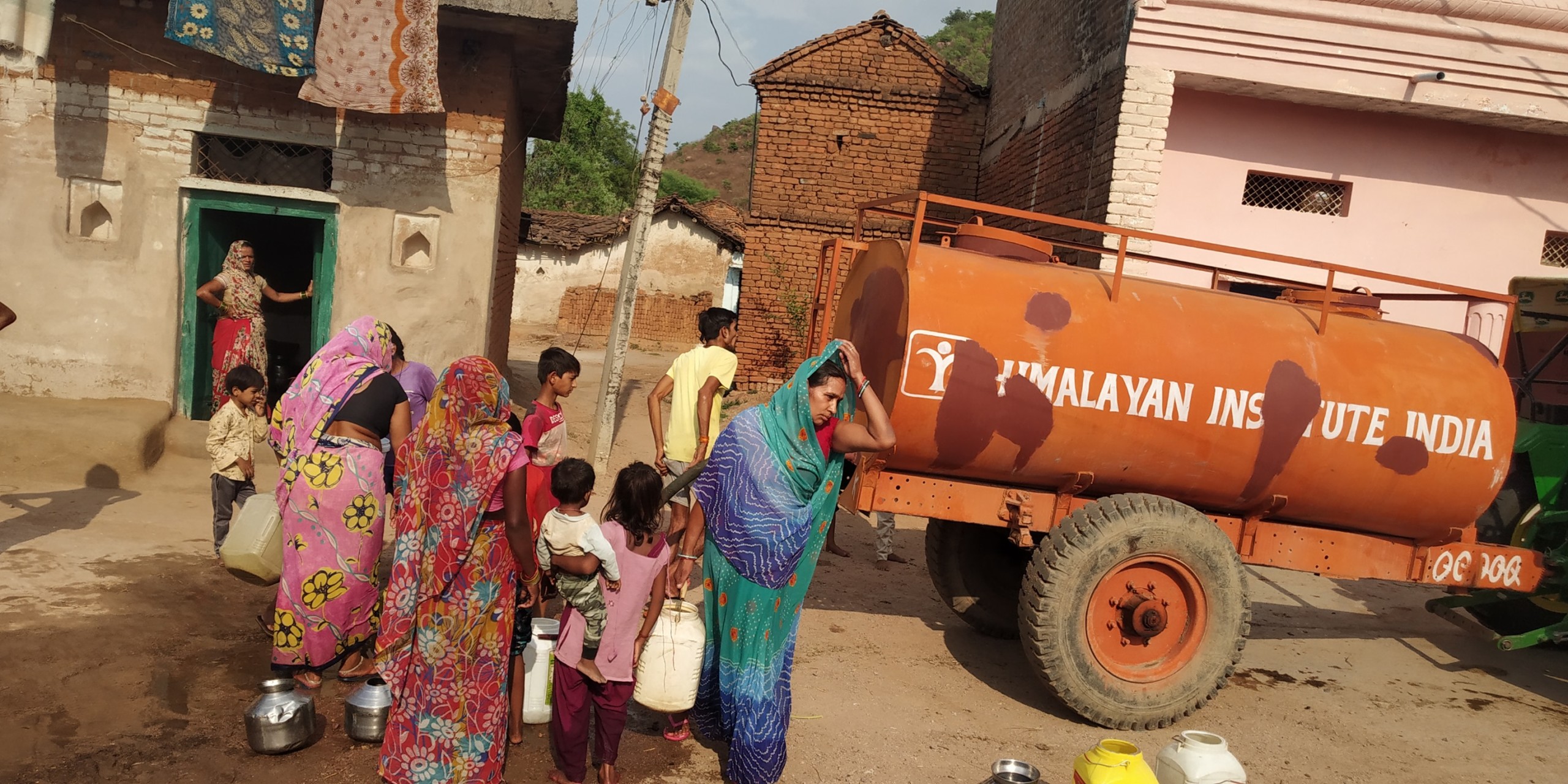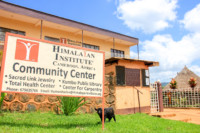As part of a larger spiritual excursion to some of India’s holiest sites, Himalayan Institute members traveled to the Bylakuppe Tibetan refugee settlement in southern Karnataka. There, in the Institute’s pongamia nursery, they volunteered and strengthened the partnership between the HI and the Central Tibetan Administration (CTA), Tibet’s government-in-exile.
The group toured the settlement’s Energy Farming demonstration plots where the CTA has teamed up with the Himalayan Institute to teach local farmers sustainable agriculture practices, emphasizing oilseed crops as a source of biofuel. In the time since the settlements were founded in the 1950s, soil quality has dropped precipitously, a result of minimal oversight and heavy use of chemical fertilizers. Now, the swift adoption of eco-friendly land management is the best chance for thousands of Tibetans to secure their livelihoods.
On an arid field in Bylakuppe settlement, the HI members were introduced to Energy Farming’s flagship program in rural India, pongamia cultivation. They worked with the robed monks of Tashi Lhunpo Monastary, transplanting adolescent trees from the nursery to plots that will provide the community with biofuel, fertilizer, and an organic pesticide when the trees reach maturity. Recalled one HI member, “To see and be part of living spirituality – It was the best part of the trip.”
With international collaboration on this scale, community officials are finally expressing hope about the problem that has proved most enduring–the exodus of rural youth. Despite the efforts of the CTA, there continue to be few career opportunities in the settlements, forcing young Tibetans to leave home in search of work in India’s major cities. They seldom return. Ultimately, the success of the Energy Farming program here will be judged by whether or not it restores dignity and sustainable livelihoods to the Tibetan refugees, allowing these close-knit communities to continue living and working together, as they have throughout thousands of years of rich spiritual history.

An irrigation specialist demonstrates some of the techniques behind water conservation and soil science.

HI members brave 110 degree temperatures to help plant pongamia seedlings. When these small trees reach maturity five years from now, they will do more than provide a steady source of biofuel; adult trees create shade and fix nitrogen in the soil, revitalizing scrubland into thriving fields from which farmers can maintain their livelihood.
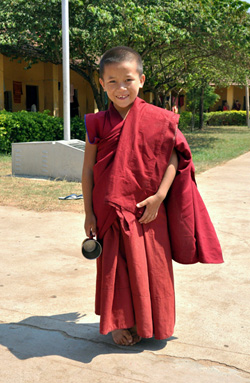
The next generation of Tibetan spirituality.
